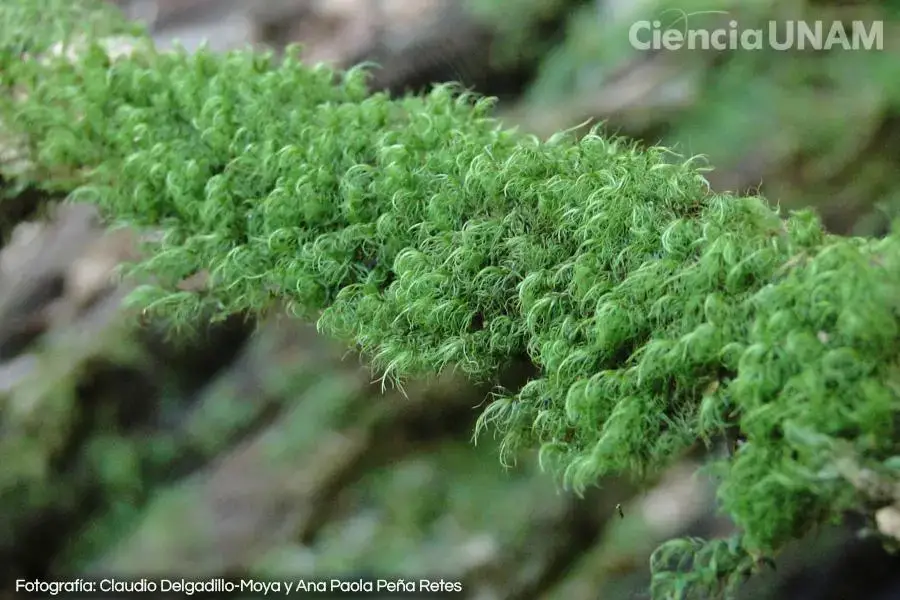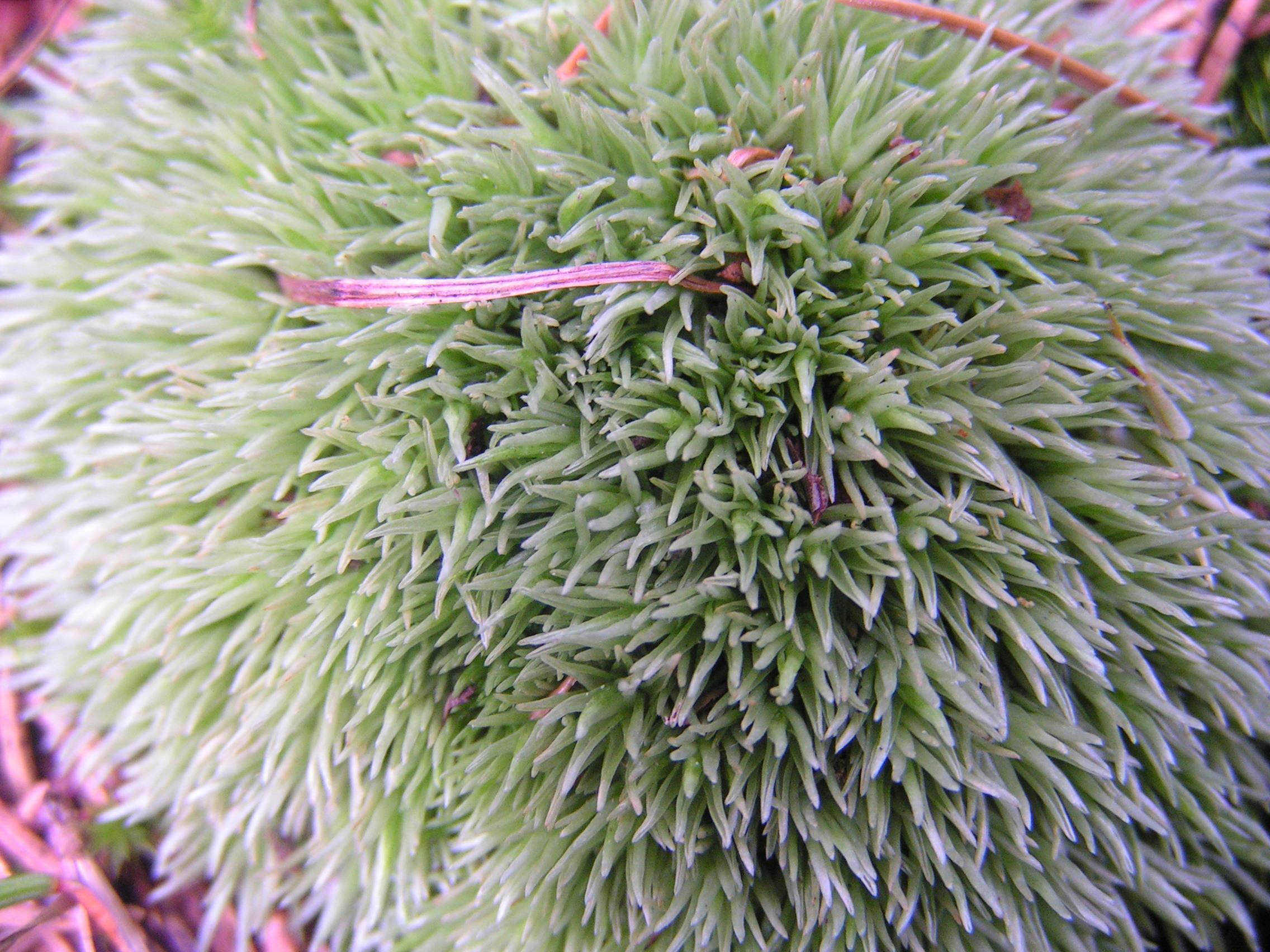
medium.jpg from: https://www.inaturalist.org/taxa/281903-Leucoloma-serrulatum
Introduction
In the vast and captivating world of bryophytes, one particular moss species stands out for its unique charm and ecological significance – the Leucoloma serrulatum Brid., commonly known as Leucoloma. This delicate yet resilient member of the Dicranaceae family has captured the hearts of moss enthusiasts worldwide with its intricate beauty and remarkable adaptations.
Background

gl_musgos_05_30102017.jpg from: https://ciencia.unam.mx/contenido/galeria/161/galeria-diversidad-de-musgos-de-mexico-mas-alla-de-la-navidad
Before delving into the intricacies of Leucoloma serrulatum Brid., it’s essential to understand the broader context of bryophytes. These non-vascular plants, which include mosses, liverworts, and hornworts, are often overlooked but play a crucial role in various ecosystems. They are among the oldest land plants on Earth, dating back to the Paleozoic era, and have evolved remarkable strategies for survival and reproduction.
Main Content
Morphology and Identification
Leucoloma serrulatum Brid. is a small, acrocarpous moss that forms dense, cushion-like tufts or mats. Its slender stems are typically less than 2 cm tall, adorned with delicate, lanceolate leaves that are serrulate (finely toothed) along the margins. The leaves are often curved or falcate, giving the plant a distinctive appearance.
One of the most striking features of Leucoloma is its vibrant green color, which can range from a deep emerald to a golden hue, depending on the environmental conditions. This coloration is due to the presence of specialized pigments that help protect the moss from harmful UV radiation.
Global Distribution and Habitat
Leucoloma serrulatum Brid. is widely distributed across various regions of the world, including Asia, Africa, Australia, and the Americas. It thrives in a variety of habitats, from tropical and subtropical forests to temperate woodlands and even urban areas.
This moss species is particularly well-adapted to growing on tree bark, rocks, and soil, often forming intricate carpets or cushions in moist, shaded environments. Its ability to colonize a wide range of substrates and tolerate varying degrees of moisture and light exposure contributes to its widespread distribution.
Ecological Roles and Adaptations
Despite its diminutive size,

ef4e718dead93dbd58137a803eaa8b7e.jpg from: https://www.pinterest.com/pin/139048707223163727/
Leucoloma serrulatum Brid. plays a vital role in maintaining the delicate balance of its ecosystems. As a pioneer species, it helps stabilize and enrich soil, creating favorable conditions for other plants to establish themselves.
One of the remarkable adaptations of Leucoloma is its ability to survive periods of desiccation. During dry spells, the moss can enter a state of dormancy, curling its leaves inward to minimize water loss. Once moisture returns, it quickly revives, resuming its photosynthetic activities and growth.
Additionally, Leucoloma serves as a microhabitat for various invertebrates, providing shelter, food, and breeding grounds for these tiny creatures. Its intricate structure and moisture-retaining capabilities create a unique microclimate that supports a diverse array of microscopic life forms.

ea618f0f725517b65e1c9ace47ea3f44.jpg from: https://taieol.tw/pages/8574
Case Studies/Examples
In tropical rainforests, Leucoloma serrulatum Brid. is often found growing in association with other bryophyte species, forming intricate carpets on tree trunks and branches. These moss mats play a crucial role in maintaining the delicate moisture balance within the forest ecosystem, acting as sponges that absorb and slowly release water.

16083595bb6b5297d4932aee5f359826.jpg from: https://openmuseum.tw/muse/digi_object/2355523fe7d6b11d4b7a8ac495911fd7

Rhynchostegium-serrulatum-8-800×533.jpg from: https://ohiomosslichen.org/moss-rhynchostegium-serrulatum/
In urban environments, Leucoloma has demonstrated its resilience by colonizing concrete surfaces, walls, and even rooftops. Its ability to thrive in these man-made habitats highlights its adaptability and potential for use in green infrastructure projects, such as green roofs and living walls.
Technical Table

34d26a4e7ad5ab65d02bf58a58994b7e.jpg from: https://openmuseum.tw/muse/digi_object/ba95420a12fe146e50a575a88249ab64

jim__stasz_14733975005_b9c900468e_z.jpg from: https://www.marylandbiodiversity.com/view/10726

542.6131735286.jpg from: https://eol.org/pages/889250
| Characteristic | Description |
|---|---|
| Scientific Name | Leucoloma serrulatum Brid. |
| Family | Dicranaceae |
| Growth Form | Acrocarpous moss |
| Stem Height | Typically less than 2 cm |
| Leaf Shape | Lanceolate, serrulate margins |
| Leaf Color | Vibrant green to golden |
| Habitat | Tree bark, rocks, soil, urban areas |
| Distribution | Asia, Africa, Australia, Americas |
| Ecological Roles | Soil stabilization, microhabitat provision |
| Adaptations | Desiccation tolerance, UV protection |
Conclusion
Leucoloma serrulatum Brid., or simply Leucoloma

2e9e76b8cdf976b5a656a37dd4781208.jpg from: https://www.pinterest.com/pin/139048707223163725/
, is a remarkable moss species that exemplifies the beauty, resilience, and ecological significance of bryophytes. From its intricate morphology and vibrant coloration to its widespread distribution and adaptations, this moss captivates enthusiasts and scientists alike.
As we continue to explore and appreciate the intricate world of bryophytes, Leucoloma serves as a reminder of the incredible diversity and importance of these often-overlooked organisms. Perhaps the next time you encounter a lush, green carpet of moss, you’ll pause to appreciate the intricate beauty and resilience of Leucoloma serrulatum Brid., a true marvel of the bryophyte world.
Ponder this: In a world where we often overlook the smallest wonders, how can we cultivate a deeper appreciation for the intricate beauty and ecological significance of bryophytes like Leucoloma serrulatum Brid.?